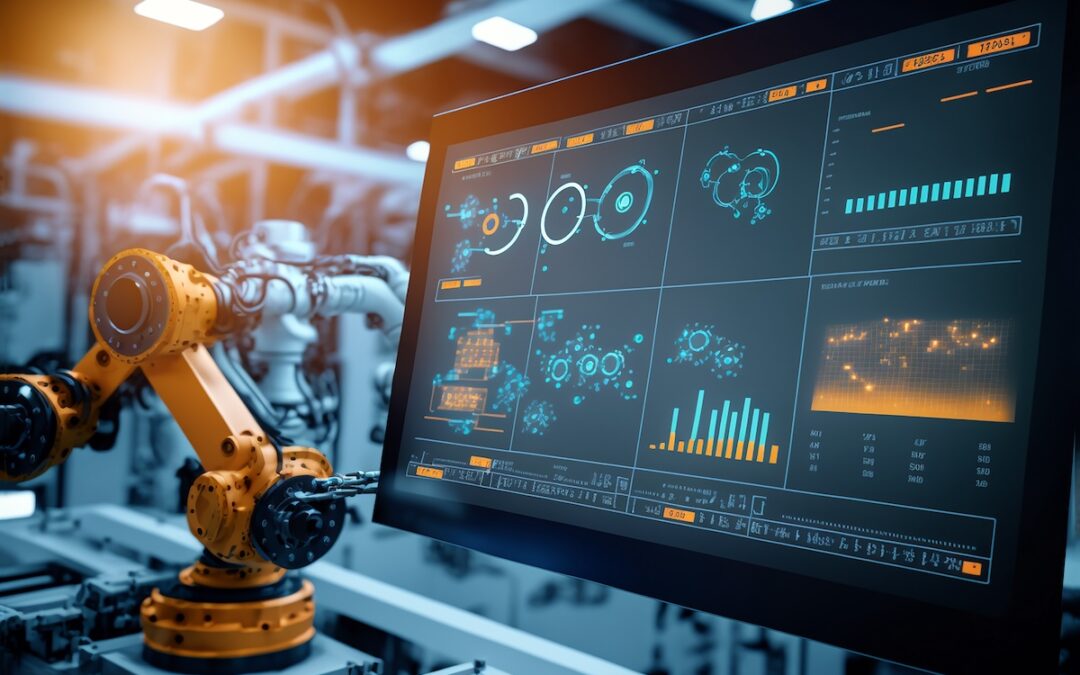The stroboscope calibration process is essential for ensuring the accuracy and reliability of stroboscopes, which are critical tools in quality assurance and machine inspection. This process involves adjusting and verifying the performance of a stroboscope to ensure it meets precise operational specifications. For industry QA professionals, understanding the calibration process is vital to maintaining the integrity of inspections and minimizing the risk of machine failure. By delving into the intricacies of the stroboscope calibration process, we can enhance the effectiveness of these tools in various industrial applications.

Understanding Stroboscopes
A stroboscope is a device used to make a cyclically moving object appear to be slow-moving or stationary. It achieves this by emitting flashes of light at a specific frequency, which matches the object’s movement frequency. This capability is particularly useful in machine inspection, where visualizing rapid movements can be challenging. For more on how stroboscopes aid in machine inspection, you can refer to this guide.
Importance of Calibration
Calibration is the process of configuring an instrument to provide a result for a sample within an acceptable range. The importance of calibrating a stroboscope cannot be overstated because it ensures that the device operates accurately and consistently. This is paramount in quality assurance, where precision is critical. Regular calibration helps in identifying potential discrepancies and correcting them before they affect inspection outcomes.
Steps in the Stroboscope Calibration Process
The stroboscope calibration process involves several key steps, each designed to ensure that the device functions correctly. Below are the primary steps involved in calibrating a stroboscope:
Step 1: Initial Assessment
The first step in the calibration process is to conduct an initial assessment of the stroboscope. This involves a visual inspection to check for any physical damage or wear that could affect the device’s performance. Proper documentation of the stroboscope’s condition is crucial at this stage.
Step 2: Frequency Adjustment
The core of stroboscope calibration is adjusting the frequency of the flashes. This involves setting the stroboscope to emit light at the exact frequency needed for the specific inspection application. Tools such as frequency meters may be used to verify the accuracy of the stroboscope’s output.
Step 3: Intensity Calibration
Another vital aspect of the calibration process is adjusting the intensity of the stroboscope’s light. The intensity must be sufficient to illuminate the object without causing glare or distortion. This step ensures that the stroboscope provides clear and accurate visual feedback.
Step 4: Verification
After adjustments are made, it is necessary to verify that the stroboscope operates within the specified parameters. This involves testing the device under conditions similar to those in actual inspections. Consistent performance during verification indicates successful calibration.
Step 5: Documentation
Documentation is an essential part of the calibration process. Recording the calibration results and any adjustments made ensures that there is a record for future reference. This documentation is useful for tracking the stroboscope’s performance over time and planning subsequent calibrations.
Common Calibration Issues and Solutions
During the stroboscope calibration process, several issues may arise. These can include incorrect frequency settings, inadequate light intensity, or inconsistent performance. Addressing these issues promptly is crucial to maintaining the stroboscope’s reliability. For insights into minimizing machine failure risks, you can visit this resource.
Calibration Frequency
One common issue is determining the appropriate frequency for calibration. The frequency of calibration depends on the stroboscope’s usage and the criticality of the inspections it supports. A general recommendation is to calibrate the stroboscope annually, but more frequent calibration may be necessary for high-demand applications.
Light Intensity Issues
Insufficient or excessive light intensity can affect the clarity of inspections. If the stroboscope’s light is too dim, it may not adequately illuminate the object. Conversely, if the light is too bright, it can cause glare, making it difficult to see details. Adjustments should be made to achieve optimal light intensity.
Inconsistent Performance
Inconsistent performance is another issue that can arise during calibration. This can be due to component wear, environmental factors, or incorrect settings. Regular maintenance and a controlled calibration environment can help mitigate these issues.
The Role of Technology in Calibration
Advancements in technology have significantly improved the calibration process for stroboscopes. Digital tools and software now allow for more precise adjustments and accurate measurements. To learn more about how technology is transforming maintenance processes, check out this article.
Automated Calibration Systems
Automated calibration systems are becoming increasingly popular in industrial settings. These systems use sensors and software to automatically adjust the stroboscope’s settings, ensuring consistent performance. This reduces the likelihood of human error and enhances calibration efficiency.
Data-Driven Insights
Data analytics play a crucial role in modern calibration processes. By analyzing performance data, QA professionals can make informed decisions about calibration frequency and adjustments. This data-driven approach ensures that stroboscopes are always ready for use, reducing downtime and improving inspection outcomes.

FAQs
Q1: How often should a stroboscope be calibrated?
A1: The frequency of calibration depends on the stroboscope’s usage and the criticality of inspections. Generally, annual calibration is recommended, but high-demand applications may require more frequent calibration.
Q2: What tools are needed for stroboscope calibration?
A2: Tools such as frequency meters, light meters, and calibration software are commonly used in the stroboscope calibration process to ensure accurate adjustments and measurements.
Q3: Can calibration be automated?
A3: Yes, automated calibration systems are available that use sensors and software to automatically adjust stroboscope settings, reducing human error and improving efficiency.
For a deeper understanding of stroboscopes and their applications, you can explore this external resource.
This article contains affiliate links. We may earn a commission at no extra cost to you.
